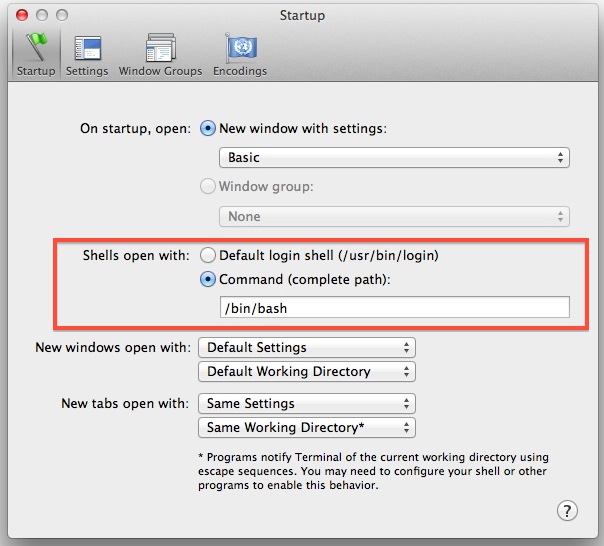Why Can't We Have Directory Services Like Open Directory For Mac

Time Goals This chapter takes approximately 2 hours to complete. • Configure Mac OS X to log in using Active Directory • Troubleshoot binding issues • Troubleshoot login issues Active Directory is Microsoft’s directory services solution that provides LDAP and Kerberos services for identification and authentication. Many organizations with Windows computers use Active Directory because it provides these features: • Security and policy management for Windows computers • Tight integration with popular application servers such as Microsoft Exchange and Microsoft SQL Server • High availability, with the ability to place multiple replica servers across geographic locations in a multimaster configuration It is easy to integrate Mac OS X into an Active Directory environment. Adobe flash player download for mac. NOTE If you are already bound to another directory node, you must first click the Add (+) button. This can be any domain in the forest, but remember that the domain name is the DNS namespace of the domain, not the DNS name of the domain controller. • In the Computer ID field, enter the name of the Active Directory computer object to use for this Mac OS X computer. By default, this displays your host name, which may be determined from a DNS record that matches your IP address, or your Bonjour name, if there is no matching DNS record.
• In the AD Admin User field, enter the name of an Active Directory administrator or the name of an Active Directory user who can join a computer to the domain. • In the AD Admin Password field, enter the password for the user you specified in step 7. Binding to Active Directory with Directory Utility Instead of the Accounts preference, you could use Directory Utility to bind to Active Directory, just like you would have with Mac OS X v10.5 and earlier. The process is very similar—you can click the Open Directory Utility button on the Login Options pane of the Accounts preference (shown in the figure below step 4 of the preceding exercise), or open Directory Utility directly from /System/Library/CoreServices/.
Mac OS X can be bound to multiple Open Directory domains as well as to other types of directory services. Because of this, you need to specify a search path when configuring static binding. Now your default working directory will be whatever directory you launched R from. Keep in mind you can also set up default workspaces in different directories by saving your workspace image as.RData wherever you plan to launch R (startup sources.Rprofile before searching for.Rdata in the cwd ). As Mac OS X Server evolved, Apple replaced NetInfo with a service based on the Lightweight Directory Access Protocol (LDAP) that is often referred to as simply Open Directory. From Open Directory to Active Directory Whether you’re going from Open Directory to Active Directory or from Active Directory to Open Directory, chances are you’ll encounter csvde along the way. Csvde is installed on Windows Server and allows you to interface with Active Directory. Nolobe introduces iris.
You must specify the Active Directory domain as you did in the preceding exercise. Directory Utility offers more choices and advanced options, and it will be covered later in this chapter. Logging In as an Active Directory User on Mac OS X Once you bind your Mac OS X computer to Active Directory, you can log in with your Active Directory user account at your Mac OS X login window. By default, when you log in with an Active Directory user account, the following things are true: • If your password will expire soon, you have the opportunity to change it during the login process.